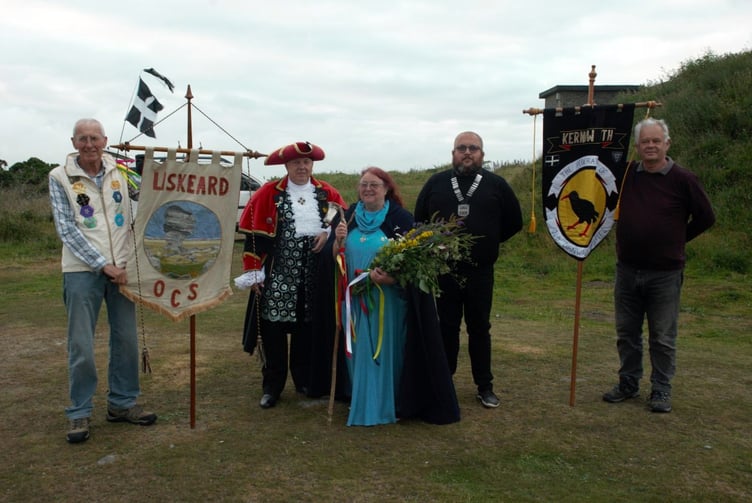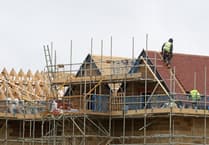The celebration of midsummers is a historic tradition which commemorates the first day of summer. Despite the tradition being centuries old, it is still upheld in today’s modern Cornwall.
On June 23 this year, bonfires were lit along the spine of Cornwall including on Kit Hill and in Mullion. Hill top areas are chosen to host the bonfires as they provide an aerial view of the landscape, sometimes against the multi-hued dome of the sky as sun sets.
The origin of midsummer traditions – the midsummer and midwinter solstices hold significant importance in the calender for the ancestors of Northen Europe. In practical terms, June 21 and December 21 are approximate dates for the solstices as the calender does not align precisely with the Earth’s orbit around the sun. However, the solstice can fluctuate between the 19th and 22nd, depending on the leap year cycle.
Firstly, the idea of midsummer holds agricultural significance. It marks the peak of the growing season when crops were flourishing and the days were at their longest. Secondly, it is an occasion to emphasise a deep connection with nature. People would gather outdoors, light bonfires, and celebrate the warm weather.
Midsummer in Cornwall – According to the Federation of Old Cornwall Societies, in 1814 a correspondent for the Royal Cornwall Gazette writing from Chacewater reported on Midsummer’s Eve in Penzance where “inhabitants prepared to celebrate that festival in the manner that has been usual from time immemorial; bonfires, fireworks, sports, and dances, were kept up till a late hour”.
Midsummer festivities during the day included Cornish wrestling tournaments, games and musical entertainment. The Quay Fair in Penzance and boat trips around Mount’s Bay were popular attractions. One game involved climbing a greasy pole over water to reach a prize at the top. In the late afternoon, adorned with floral garlands, young women danced through towns and villages, encouraging boys to join in games called ‘kissing in the ring’.
At sunset, tar barrels and bonfires were ignited in Penzance. People would swing large torches made of tar-dipped canvas sheets attached to long poles or chains. As the festivities got underway people danced “Thread the needle” and the “Hand in hand”. Thread the needle involved lines of dancers running through the streets.
The festivities in Penzance clearly captured the imagination of the press but reports of events from Helston and Camborne up to St Blazey and Fowey show that the custom was widespread across Cornwall.
Additionally, as part of the midsummer ritual, a scythe-shaped bunch of herbs is thrown onto the fire. Each of the herbs used has a special meaning in Cornish folklore. The bunch of herbs is tied together with ribbons which also have individual meaning; white symbolising strength, green – knowledge, blue – love, red – sacrifice, and yellow – the sun.
In the present day, the Old Cornwall Societies take charge of the bonfire ceremonies, customising the events and programmes according to specific circumstances. The importance of ‘Health and Safety’ and the preservation of heritage sites are very important factors.
Callington
Callington Old Cornwall Society celebrated midsummer with the St John’s Eve bonfire up on Kit Hill on Friday, June 23. This bonfire was the last of many lit across the Duchy.
Mullion
Mullion Old Cornwall Society hosted their midsummer bonfire on June 24. A large group of people came together at the Parc an Crouse.
St Just and Pendeen
The St Just and Pendeen Old Cornwall Society celebrated midsummers on June 23.
St Columb
The St Columb Old Cornwall Society celebrated midsummers on June 23 also. There was music and singing and a collection in aid of the The Critical Care Garden at Treliske.





Comments
This article has no comments yet. Be the first to leave a comment.